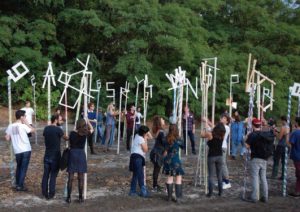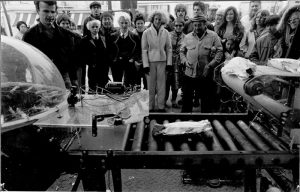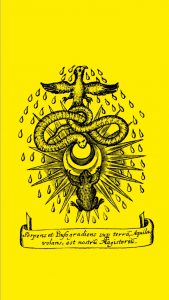 While in Barcelona, i visited Plagiarismo, an exhibition about the appropriation and re-formulation of other artists’ ideas. The idea is not to criticize the practice but to demonstrate that plagiarism is an essential component of culture.
While in Barcelona, i visited Plagiarismo, an exhibition about the appropriation and re-formulation of other artists’ ideas. The idea is not to criticize the practice but to demonstrate that plagiarism is an essential component of culture.
A look at history shows some notorious examples of plagiarism: Mona Lisa has been re-interpreted countless times: think about Marcel Duchamp’s L.H.O.O.Q., a Mona Lisa with moustache and Fernand Leger‘s Joconde aux clés. In literature, one can mention the apocrypha Don Quijote. The vogue obtained by Cervantes’s story led to the publication of a continuation of it by an unknown who masqueraded under the name of Alonso Fernández de Avellaneda. In self-defense, Cervantes produced his own continuation, or “Second Part”, of Don Quixote, in 1615. There’s also the various Sherlock Holmes authored by other writers than Conan Doyle, like Alexis Lecaye who even wrote book where the English detective met Marx and Einstein (via).
F for Fake, a (fake) documentary by Orson Welles tells fake and fakery. The movie revolves around art forger Elmyr de Hory and Elmyr’s biographer, Clifford Irving, who also wrote the celebrated fraudulent Howard Hughes “autobiography”, then touches on the reclusive Hughes and Welles’ own career (which started with a phony Martian invasion).
The show tackles an important issue: the limits of copyright. As curator Jordi Costa says: “The current legal limit is so restricitve that it doesn’t allow other artists to elaborate provocative proposals of cultural critics.”
A notorious victim of this kind of censorship is John Oswald‘s Plunderphonics or Audio Piracy as a Compositional Prerogative which was taking and altering existing audio recordings to make a new composition. A central idea was that the fact that all the sounds were “stolen” should be quite blatant. The packaging contained sources for all samples used, but authorisation for them to be used on the record had not been sought. All undistributed copies of Plunderphonics were destroyed after a threat of legal action from the Canadian Recording Industry Association on behalf of several of their clients (notably Michael Jackson) who alleged copyright abuses.
Present in the Barcelona exhibition was Quim Tarrida‘s Europe’s Living a celebration (image above) that recalls Benetton’s advertising campaigns.
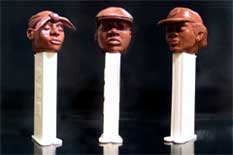
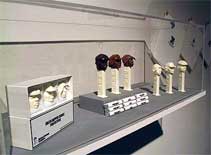 Fallen Rapper Prototypes
Fallen Rapper Prototypes
Other interesting pieces in the exhibition include: a funny “The Exorcist. The Musical” by video artist David Domingo; Packard Jennings‘s Fallen Rapper Prototypes are Pez dispensers with the head of the deceased rappers Tupac Shakur, Eazy-E, and Biggie Smalls. They were sent to Pez Candy Inc. President Scott Mc Whinnie with a letter proposing their production.
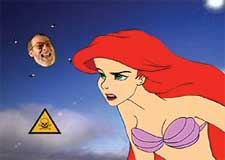
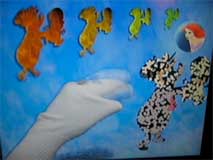 Gimme the Mermaid
Gimme the Mermaid
Gimme the Mermaid, a video that Disney animator Tim Maloney created for Negativland using his employer’s equipment after hours.
I particularly liked Spoon Syndicate’s The Versionist, an instrument of versions of versions. The The Versionist nº 1 is a kind of jukebox that features 35 pop music tunes that are in fact versions of versions of original music. Musician Albert Safont-Tria was asked to distort the sounds and add new ones directly over the music.
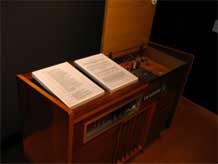
 Versionist nº 2
Versionist nº 2
The Versionist nº 2, which was part of the Plagiarismo exhibition, adapts (“versions”) the shape of an instrument designed by Raymond Scott, a musician, composer, engineer, recording studio maverick, and electronic instrument inventor who died in 1994.
For the second version of the device, Spoon Syndicate has entrusted the new versions of the tracks to different musicians.
The exhibition runs at the Espai Cultural Barcelona. Pza de Cataluña. 9, until July 9. Images on flickr and illegal art.


